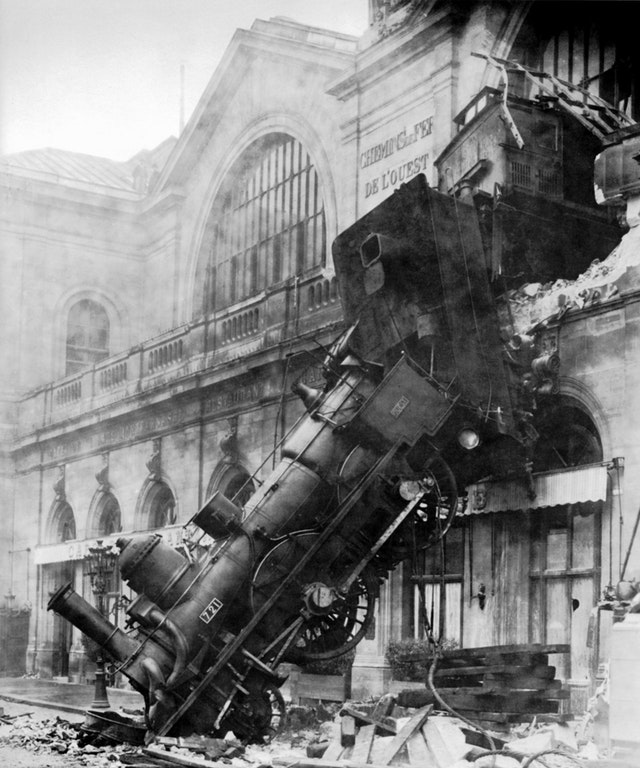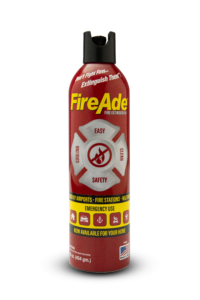Fire Service Plus, Inc.
473 Dividend Dr
Peachtree City, GA 30269
Phone: 770-460-7793
24/7 Emergency Hotline: 770-460-7793
Email: info@fireade.com
The History of Firefighting

The earliest known firefighters were in the city of Rome. In 60 A.D., emperor Nero established a Corps of Vigils (Vigiles) to protect Rome after a disastrous fire. It consisted of 7,000 people equipped with buckets and axes, and they fought fires and served as police.[4]
Historic tactics and tools
In the 4th century B.C., an Alexandrian Greek named Ctesibius made a double force pump called a siphona. As water rose in the chamber, it compressed the air inside, which forced the water to eject in a steady stream through a pipe and nozzle.[4] In the 16th century, syringes were also used as firefighting tools, the larger ones being mounted on wheels.[4] Another traditional method that survived was the bucket brigade, involving two lines of people formed between the water source and the fire. Typically, men in one of the lines would pass along the full buckets of water toward the fire while in the other line women and children would pass back the empty buckets to be refilled.[4] In the 17th century, ‘fire engines’ were made, notably in Amsterdam.[4] In 1721, the English inventor Richard Newsham made a popular fire engine that was essentially a rectangular box on wheels filled using a bucket brigade to provide a reservoir while hand-powered pumps supplied sufficient water pressure to douse fires at a distance.[4]Ancient Rome
Ancient Rome did not have municipal firefighters. Instead, private individuals relied on their slaves or supporters to take action. They would not only form bucket brigades or attempt to smother smaller fires, but would also demolish or raze nearby buildings to slow the spread of the fire. However, there is no mention of fires being extinguished, rather they were contained and burned themselves out. Ancient Rome did not have an organized firefighting force until the Vigiles were formed in the reign of Augustus.[5]United Kingdom
Prior to the Great Fire of London in 1666, some parishes in the UK had begun to organize rudimentary firefighting. After the Great Fire, Nicholas Barbon introduced the first fire insurance. In order to reduce insurance costs, Barbon also formed his own fire brigade, and other companies followed suit. By the start of the 1800s, insured buildings were identified with a badge or mark indicating that they were eligible for a company’s firefighting services. Buildings not insured with a particular company were left by its firefighters to burn,[6] unless they happened to be adjacent to an insured building, in which case it was often in the company’s interest to prevent the fire from spreading. In 1833 fire insurance companies in London merged to form The London Fire Company Establishment. Steam-powered apparatuses were first introduced in the 1850s, allowing a greater quantity of water to be directed onto a fire; in the early 1930s they were superseded by versions powered by an internal combustion engine. In World War II the Auxiliary Fire Service, and later the National Fire Service, were established to supplement local fire services. At that time, there was no countrywide standard for firefighting terms, procedures, ranks, or equipment (such as hose couplings). These were standardized after the war.United States
In January 1608, a fire destroyed many of the colonists’ provisions and lodgings in Jamestown, Virginia. Boston, New York City, and Philadelphia were all plagued by fires, and volunteer fire brigades formed soon after such disasters.[7] In 1736, Benjamin Franklin founded the Union Fire Company in Philadelphia, which became the standard for volunteer fire organizations. These firefighters had two critical tools: salvage bags and so-called bed keys. Salvage bags were used to quickly collect and save valuables, and bed keys were used to separate the wooden frame of a bed into pieces for safe and rapid removal from the fire.[7] The first American attempt at fire insurance failed after a large fire in Charlestown, Massachusetts in 1736. Later in 1740, Benjamin Franklin organized the Philadelphia Contributionshipto provide fire insurance, which was more successful. The Contributionship adopted “fire marks” to easily identify insured buildings. Firefighting started to become formalized with rules for providing buckets, ladders, and hooks, and with the formation of volunteer companies. A chain of command was also established.[7] From Wikipedia, the free encyclopedia
Check out our products!

FireAde® 12.69oz
FireAde® is a 1:B rated personal fire extinguisher designed for easy application and extinguishment of fire outdoors and around the house using our signature FireAde® firefighting foam. No mess, non-corrosive, water-based formula leaves no residue and wipes up easily. Effective on Class A and Class B fires (97% of all fires). FireAde cans have a MFG date printed on the bottom of the can. This is referred to as the "manufacture date". Customers have a five-year guarantee from date of purchase with HSN, NAPA Auto Parts, and other suppliers. We recommend you replace your FireAde every five years or after every use. 12.69 oz. (360 gm.)
